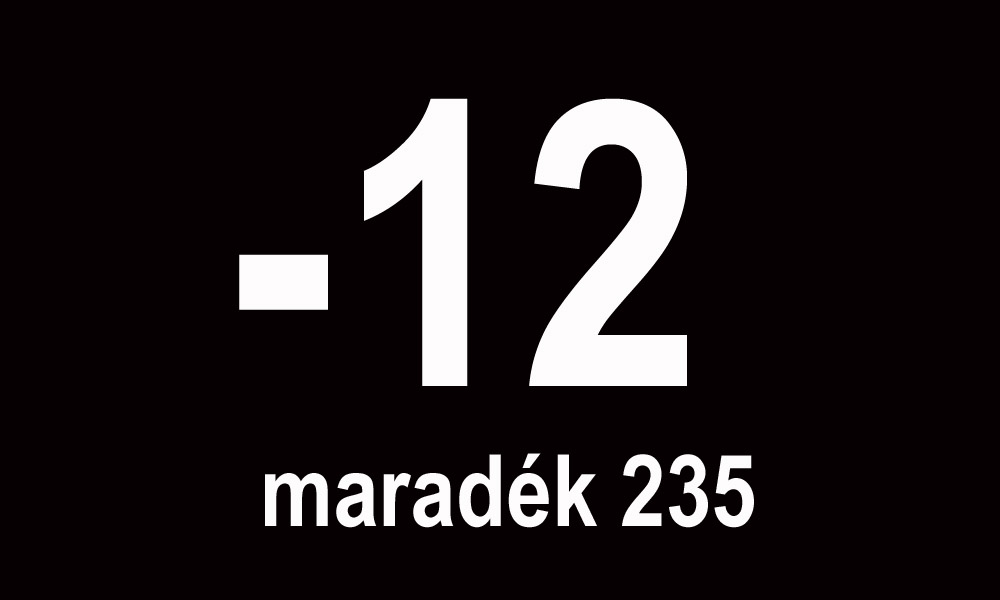The Budapest Millenium Cultural Centre in early summer 2013 offered an unusual sight: Banners and transparencies demanding a “free Ludwig” dangled from the ceiling of the entrance of the Ludwig Museum; on the staircase that leads visitors up to the vast collection of modern and contemporary artworks, young people sat on sleeping mats, discussing or keeping their eyes fixed on netbooks. A flip chart announced the e-mail address of the newly founded Alliance for Contemporary Art. Its aim is to keep the museum independent of the right-wing governing party Fidesz. While the whole scenario is widely familiar in the context of university protests, the occupation of a public cultural institution in Hungary was unprecedented.

The mandate of Barnabas Bencsik, the former head of the Ludwig Museum, ran out in February. While the museum staff expected it to be prolonged, an application process was initiated by the Cultural Ministry which did not allow for any transparency as to its procedure. Neither the Austrian Ludwig Foundation, owner of the collection, nor the museum’s staff was consulted. The latter reacted with an occupation, calling for transparency and dialogue. Behind this is a widespread fear that yet another cultural venue could soon be headed by a Fidesz-backed person, chosen mainly for political rather than curatorial profile – a fear based on the recent changes within the cultural landscape of Hungary.

 MMA countdown – Free Artists welcomes the resigned MMA-members!
MMA countdown – Free Artists welcomes the resigned MMA-members! TRANSZPARENCIÁT!
TRANSZPARENCIÁT!